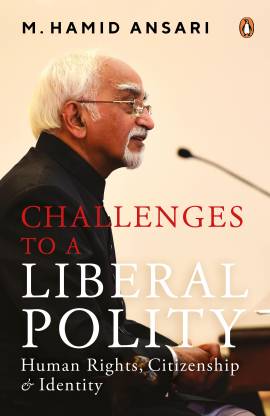Hooghly / Kolkata, WEST BENGAL:
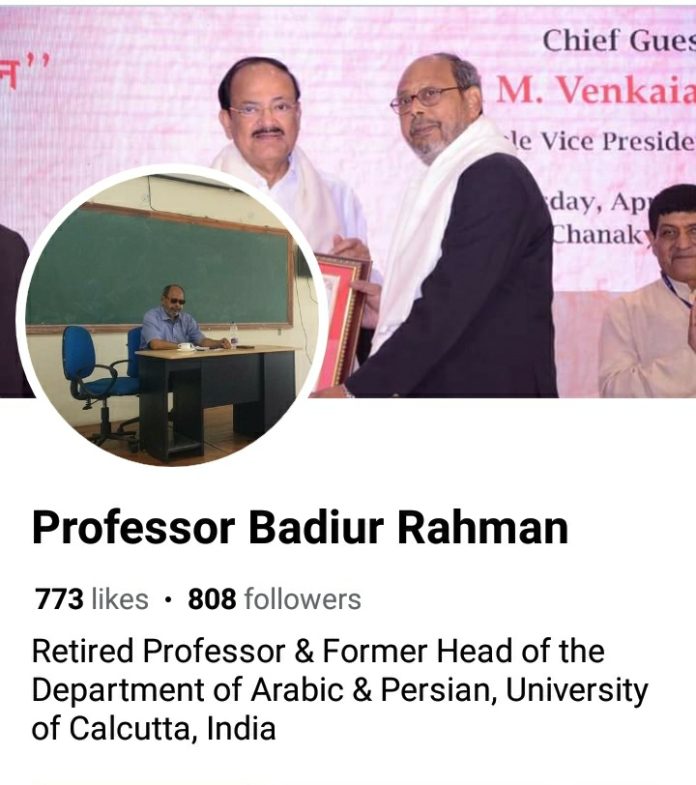
Professor Badiur Rahman, former Head of the Department of Arabic and Persian, University of Calcutta, a well-known educationist, celebrated writer, accomplished journalist, prominent Islamic scholar and a beloved teacher passed away in Kolkata on September 19, 2023.
He was scion of an illustrious and religious family of district Hooghly of West Bengal. His father Abdur Rahman was also an MBBS and associated with Tablighi Jamat.
He got his basic education at Darul Uloom Pandua, Hooghly, West Bengal. Thereafter, he did Alim in 1967 and Fazil in 1969 respectively from Madrasa Alia, Calcutta. He derived considerable benefits from a galaxy of eminent Islamic scholars over there. Especially, he achieved immense academic gains from noted Islamic scholars like Maulana Abu Mahfuz Karim Masumi and Maulana Rahatullah Azhari. After that, he did his B.A. (Hons) in 1974 and M.A. in 1976 respectively from University of Calcutta. He also did L.L.B and Ph.D therefrom.
Professor Badiur Rahman was an institution in himself. He was a familiar figure among the intellectual circles throughout India. Due to his extraordinary knowledge and being a paragon of morality, he carved a niche in the temple of fame. He had a say at the University of Calcutta. Despite being an Islamic scholar, he considerably impressed all faculty members, including VCs of University of Calcutta. Because of his profound knowledge of different languages, noble qualities and sublime norms everyone held him in high esteem.
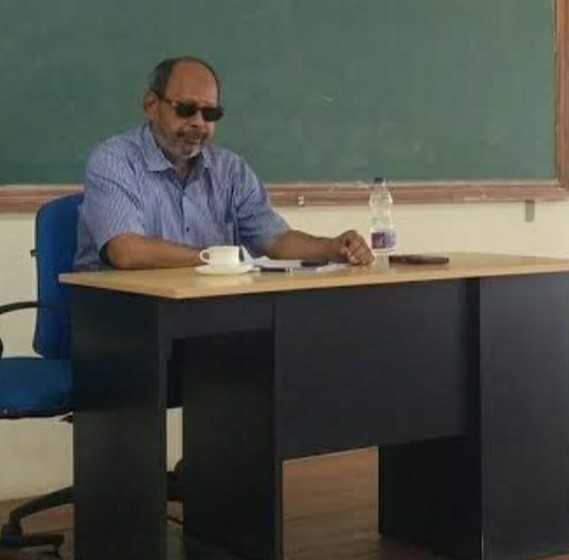
Visiting Professor of Alia University, Kolkata, Dr. Rahman was also on the Senate and Syndicate of Calcutta University and Ph.D. Communities, Calcutta University and Alia University. He was also Ex-Chairman of PG Board of Studies in Arabic, Calcutta University, and U.G.B.O.S in Arabic, Kalyani University.
My acquaintance with Professor Badiur Rahman
I think it was during the summer of 2009 when I first met him. The meet was actually regarding my Ph.D admission at University of Calcutta. Dr. Masihur Rahman, now professor at Alia University, Kolkata introduced me to him. Since then till his last breath, I remained in touch with him. I am fortunate enough to have done my Ph.D. under his supervision and guidance. He always treated me like his brother. Whenever I met him, I gained immense inspiration from him. Despite being a celebrated scholar, he was devoid of arrogance.
As a Teacher
Professor Badiur Rahman started his teaching career as a lecturer at the University of Calcutta in 1983 and retired in 2016. Even after his retirement, he kept on teaching as a visiting faculty in the University of Calcutta and Alia University, Kolkata. He always proved himself as a selfless and dedicated teacher. He was an embodiment of all sublime qualities and virtues necessary for a good teacher. His method of teaching was unprecedented. It was his sword which he wielded so effectively that very few persons could match him. During lectures he pointed out such subtle points as students could not help without being impressed with him. He left an indelible mark in the domain of the teaching profession.
Undoubtedly, he was a beloved teacher. He was fondly described as B.R. Sir by his students. Scores of students quenched their thirst for knowledge from him. His talk was very touching. He met everyone cheerfully. His deep knowledge of comparative studies made him popular among his contemporaries. His learning was varied and profound. His personality was many-sided and balanced.
Right from the beginning, he was laborious and punctual. He was a man of transparent heart. No doubt, his extraordinary scholarship and erudition brought him wide reputation and fame. His main mission was to spread education. He left a galaxy of pupils behind him who impart education and work in various fields in and out of India. In fact, it is an everlasting tribute to him.
Dr. Badiur Rahman and Dr. Taha Husayn
Dr. Rahman was an ardent admirer of Dr. Taha Husayn. He had vast knowledge about Dr. Taha. He did not only study all his books but he digested them. He also wrote a book titled, “Essays On Dr. Taha Husayn” published by Mazhar Education and Welfare Society, Malda.
Maulana Alauddin Nadwi, Head of the Department of Arabic, Darul Uloom Nadwatul Ulama, Lucknow wrote in the Preface of the said book, “To a great extent Dr. Badiur Rahman tried to introduce Dr. Taha Husayn in the Introduction to his book. The author regards Dr. Taha as a born critic. He presented Taha’s thoughts in a lucid way. To clear his viewpoints, he propounded various references from Dr. Taha’s books. Besides, he holds Taha as a moderate critic to the core.”
He had also done several research works on the first Nobel Laurate in the Arabic language Dr. Naguib Mahfouz.
Dr. Badiur Rahman and Rabindra Nath Tagore
Like Dr. Taha, Dr. Rahman was also a fan of Rabindranath Tagore. He wrote various articles and short stories on Tagore’s life and works in Arabic. And thus he introduced him in the Arabic World.
It should be noted that Dr. Rahman participated in different national and international seminars and exhibited his scholarly caliber there.
Because of his outstanding and remarkable services to the Arabic language and literature, he was conferred the President Award in 2018.
As a Writer
Dr. Rahman was a prolific writer. He wrote several books on different subjects. Some of his major publications are:
- History of Arabic Literature (Pre-Islamic Period)
- Textbook for B.A. Arabic (Hons.) Calcutta University
- Textbook for B.A. General, Calcutta University
- Essays On Dr. Taha Husayn
Besides, he had 31 research articles in Arabic, English, Urdu and Bengali published in different literary journals. He had earned distinction in Belles Letters, short stories, poetry in English, Arabic and Bengali. He had long experience of research guidance in Arabic. He had examined about 26 theses and 15 M.Phil dissertations of various universitas of India and abroad.
Truly speaking, the comprehensive knowledge and intellectual brilliance of Dr. Rahman had been acknowledged by his contemporaries.
Describing his yeomen services, Professor Mohammad Noman Khan, former Head of the Department of Arabic Delhi University stated that the passing away of Dr. Badiur Rahman was a personal loss to him. He played a leading role in spreading the Arabic language in West Bengal. He gave new impetus to the students of W.B.
Professor Sanaullah Nadwi, Head of the Department of Arabic said, “Dr. Badiur Rahman was a highly qualified person and he was an emblem of morality. Everyone who observed him very closely would testify it. He also described his outstanding contribution in the field of education.
Similarly, Professor Ashfaq Ahmad Nadwi Head of the Department of Arabic Banaras Hindu University stated that Almighty Allah bestowed upon him different qualities. His personality was a marvellous amalgamation of teacher, writer and guide par excellence. Besides, he was a righteous, God-fearing and pious personality.
Dr. Rahman’s death caused a great vacuum. His myriad contributions to promotion and propagation of the Arabic language and literature will always be remembered. He is survived by his wife.
Thousands of his admirers thronged to attend the last rite of the departed soul. He was buried at Ghobra-1 Graveyard, of Park Circus Kolkata. May Allah adorn his grave with luminosity and refulgence and grant peace to his soul. Aameen!
[The writer is Faculty Member, Darul Uloom Nadwatul Ulama, Lucknow]
source: http://www.radiancenews.com / Radiance News / Home> Latest News / by Dr. Obaidur Rahman Nadwi / Radiance News Bureau / September 24th, 2023
:quality(70)/cloudfront-eu-central-1.images.arcpublishing.com/thenational/6SURHLI3U5GFHIKZAHWPTRSI7Y.jpg)
:quality(70)/cloudfront-eu-central-1.images.arcpublishing.com/thenational/NMJCTTFTNFA4LG63XQWZD3FJZM.jpg)
:quality(70)/cloudfront-eu-central-1.images.arcpublishing.com/thenational/KIUTISW4DFCIJIZZWPSWFNBO7M.jpg)
:quality(70)/cloudfront-eu-central-1.images.arcpublishing.com/thenational/WK4SP6572FDITEWC3ZFRW4BJMQ.jpg)
:quality(70)/cloudfront-eu-central-1.images.arcpublishing.com/thenational/FQN33UZUQBBHFFOMZBUUHNUZRE.jpg)
:quality(70)/cloudfront-eu-central-1.images.arcpublishing.com/thenational/TQMPVWCPANB3TBZO3ZLBNJDYLY.jpg)
:quality(70)/cloudfront-eu-central-1.images.arcpublishing.com/thenational/XEMAS2AQCRCHHJFMFYRWXRCFSE.jpg)
:quality(70)/cloudfront-eu-central-1.images.arcpublishing.com/thenational/MZL6F5Q2ZZCWFCI5VHCGX3SYH4.jpg)
:quality(70)/cloudfront-eu-central-1.images.arcpublishing.com/thenational/PUNDIPNOZFDMBOW2RXK5I7E6LY.jpg)
:quality(70)/cloudfront-eu-central-1.images.arcpublishing.com/thenational/VSAVCCM56RGUPC7CH7QPSPAOIU.jpg)
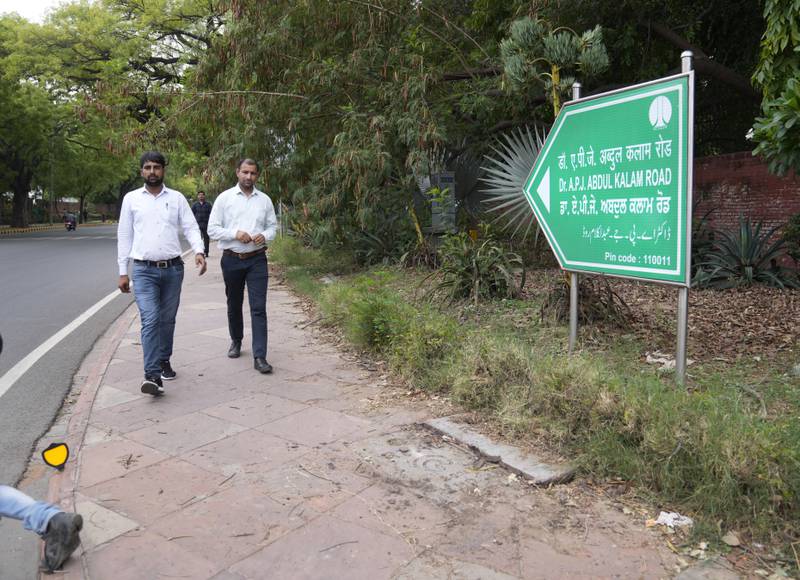
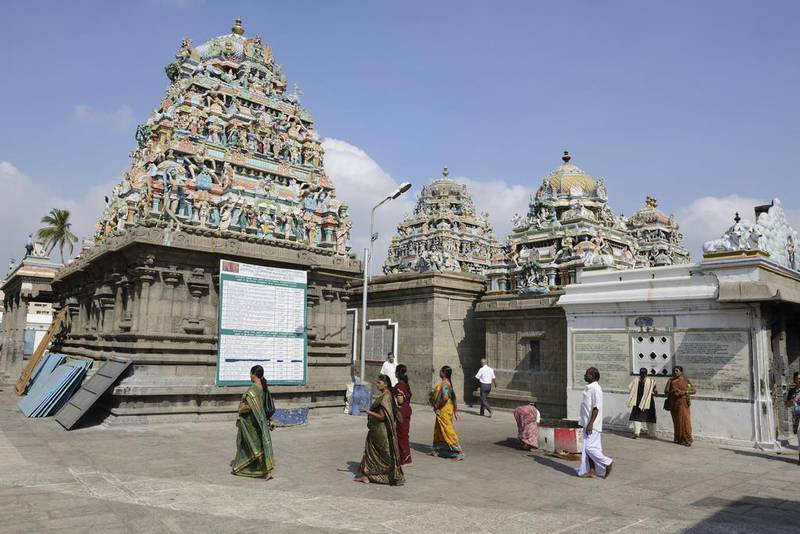
:quality(70)/cloudfront-eu-central-1.images.arcpublishing.com/thenational/DK66JSEL3NH63PKODJVBAKGCEU.jpg)
